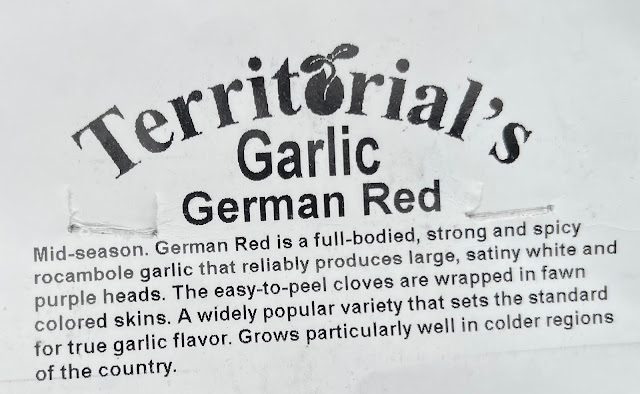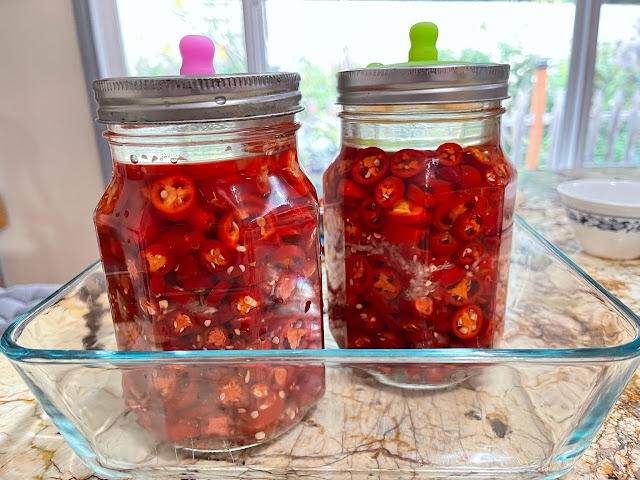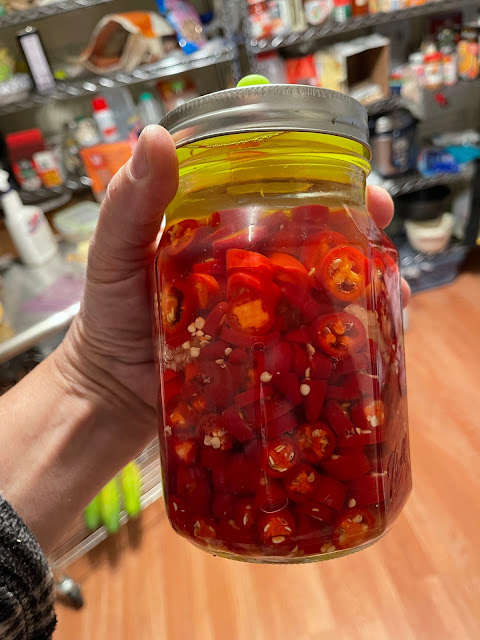This is another of the raised beds built with tinker-toy-like method. I think the corner stones are a product called "Old Castle" stone planter blocks. The center has a hole, for rebar to make them stay in place. The sides have slots for the boards.
Unfortunately, the blocks tend to settle. I think moles undermine them. I don't think they are intended to be stacked three-high, but that's the height I want. After a few years, the sides were sloping outwardand soon at risk of falling over.
Above photo is after repair. Below photo is before repair. I dug out the soil on one side, so I could move the blocks and boards. Unfortunately, I wound up having to dig out and move all four sides and corner stones.
Here is a corner after digging it out. I flattened and raised the soil a bit, pulled out the 2 foot rebar and replaced with three foot rebar.
The longer rebar goes a little deeper, but also sticks out the top. I cut 2x4, preserved boards (upcycled from fencing) to make braces. After drilling holes for the rebar, they look like the top photo. They won't let the corner blocks lean outwards, and wont allow sideways movement either.
Next, I'll replace the plastic liner so wood is not against soil, to delay / reduce rotting. Then add a few buckets of soil to replenish settling effect. Finally, I want to stain the 2x4 braces so they last longer, and because I like the look better, lime the bed in the foreground of the top photo.
The 2x4's give a nicer finished look, and I can also sit on them for so e garden tasks.













